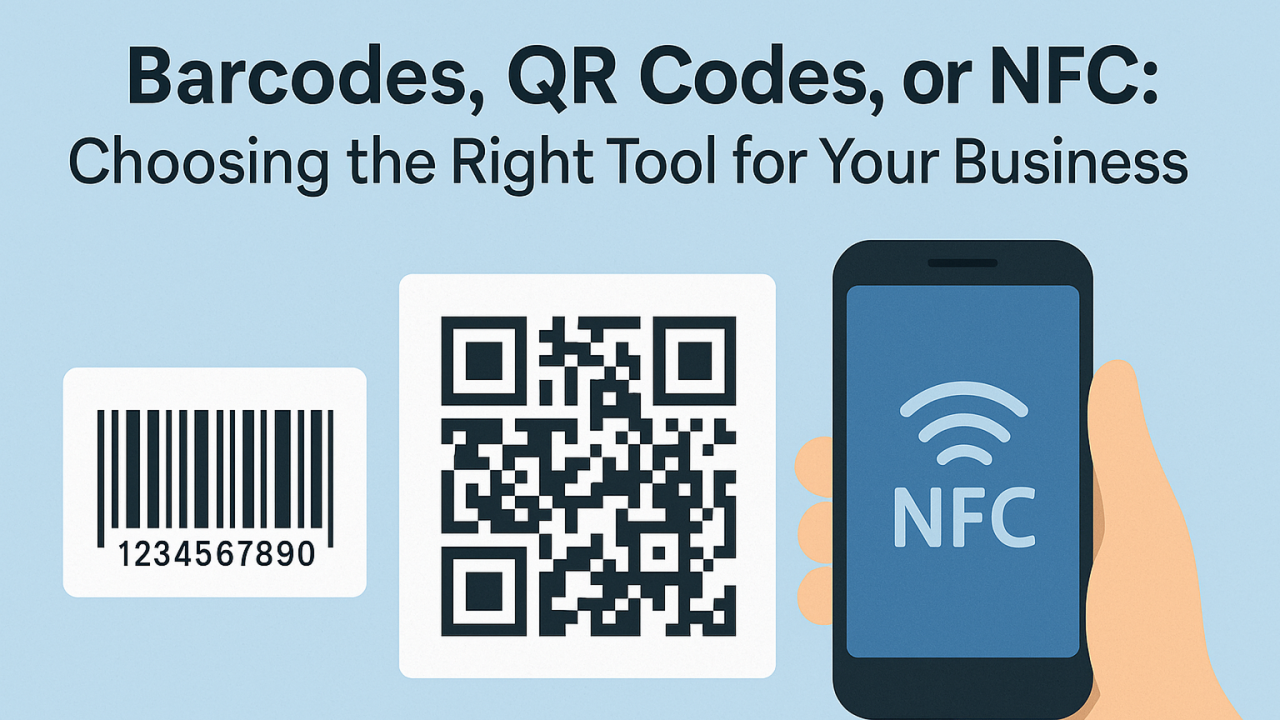In today's dynamic business landscape, the role of Human Resources (HR) is more critical than ever. HR professionals are tasked with managing complex processes, from recruitment to employee development and compliance. The need to streamline HR operations is paramount for organizational success. In this comprehensive guide, we'll explore best practices for streamlining HR processes, the benefits of doing so, and real-world case studies that demonstrate its effectiveness.
The Current Landscape of HR Processes
HR processes have come a long way from their traditional roots. Today, modern HR encompasses a wide range of functions, including recruitment, onboarding, benefits administration, performance management, and more. However, along with this expansion comes increased complexity, making it vital for HR professionals to find efficient ways to manage these functions.
Benefits of Streamlining HR Processes
There are several advantages to streamlining HR processes. Firstly, it increases efficiency and productivity within the HR department by reducing time-consuming manual tasks. Additionally, it leads to an enhanced employee experience, as it results in smoother onboarding, quicker issue resolution, and easier access to HR services. Furthermore, it contributes to improved data accuracy and analytics, allowing for more informed decision-making. Lastly, it plays a crucial role in compliance and risk management by helping maintain adherence to employment laws and reducing the risk of regulatory issues.

Identifying Inefficiencies in HR Processes
Before you can streamline HR processes, it's crucial to identify areas that need improvement. Consider conducting a process audit, gathering feedback from HR staff and employees, and analyzing bottlenecks and pain points.
Best Practices for Streamlining HR Processes
- Implementing HR Technology Solutions: Modern HR software and platforms can automate and streamline many HR tasks, including recruitment, onboarding, and payroll.
- Standardizing and Automating Routine Tasks: Automate repetitive processes such as timesheet submission, benefits enrollment, and employee performance evaluations.
- Enhancing Communication and Collaboration: Improved communication and collaboration tools can streamline communication between HR professionals and employees.
- Emphasizing Data Security and Privacy: With the increasing focus on data privacy, secure HR data management is a top priority. Ensure that sensitive employee data is protected.

Case Studies of Successful HR Process Streamlining
Case Study 1: Acme CorporationAcme Corporation faced challenges in managing a growing workforce and complex HR processes. By implementing a modern HR management system, they automated routine tasks, including leave requests and payroll processing, reducing the administrative burden on HR professionals. This led to faster response times, improved employee satisfaction, and significant time savings for the HR team.
Case Study 2: XYZ Tech SolutionsXYZ Tech Solutions found that their manual recruitment and onboarding processes were slowing down their ability to hire top talent. They integrated an applicant tracking system and digital onboarding solution, reducing the time to hire and ensuring a smoother onboarding experience for new employees.
Case Study 3: InnovateTech Inc.InnovateTech Inc. identified that their employee performance review process was cumbersome and time-consuming. They adopted a performance management platform, enabling more frequent, data-driven performance assessments. This improved employee morale and drove better business results.
Tools and Technologies for HR Process Streamlining
To achieve streamlined HR processes, organizations can leverage various tools and technologies, including HR management software and platforms, data analytics and reporting tools, and employee self-service portals

Navigating HR Compliance and Legal Considerations
Navigating the complex landscape of HR compliance and legal considerations is a critical aspect of HR process streamlining. Staying up-to-date with labor laws and regulations is essential to avoid legal complications. Protecting employee data and privacy is another vital component, requiring robust data security measures. Moreover, organizations must ensure that their HR staff is well-versed in compliance issues through comprehensive training and education programs.
Measuring the Success of Streamlined HR Processes
To assess the effectiveness of streamlined HR processes, organizations should consider key performance indicators (KPIs) specific to their HR objectives. Feedback and satisfaction surveys are invaluable tools for gathering input from employees and HR professionals, providing insights into the success of the streamlined processes. Continuous improvement and adaptation are essential, allowing organizations to refine and evolve their processes in response to changing needs and goals.

Challenges and Pitfalls in HR Process Streamlining
While the benefits of streamlining HR processes are significant, there are challenges and potential pitfalls to navigate. Resistance to change within the HR department can be a roadblock, as employees may be accustomed to existing processes. Integrating new technology with existing systems can be complex and requires careful planning. Striking a balance between automation and maintaining a personalized touch in HR interactions is another challenge, as excessive automation can lead to a loss of the human touch in HR services. Addressing these challenges is essential for a successful HR process optimization journey.

Conclusion
Streamlining HR processes is not just a trend; it's a necessity for HR professionals looking to drive efficiency, enhance the employee experience, and stay compliant with evolving labor laws. By implementing best practices, learning from case studies, and leveraging the right tools and technologies, HR professionals can transform their operations and contribute more strategically to their organizations.
In today's fast-paced business environment, HR professionals have a pivotal role in shaping an organization's success. Streamlining HR processes empowers them to do just that, providing more time to focus on strategic initiatives that drive business growth.





.png)

